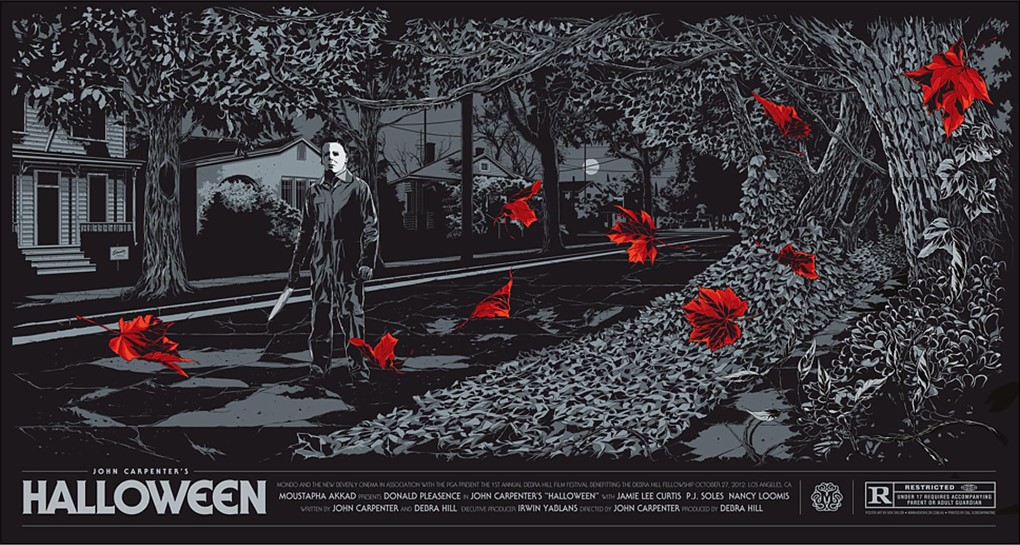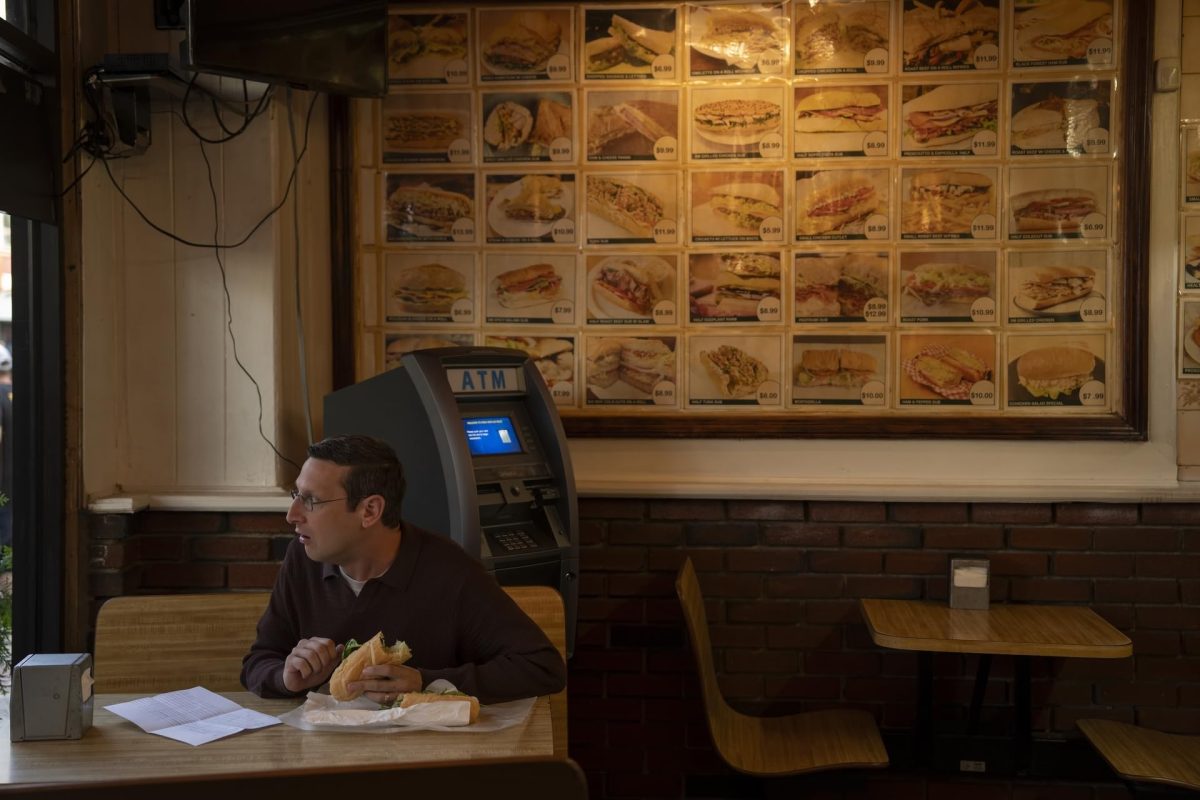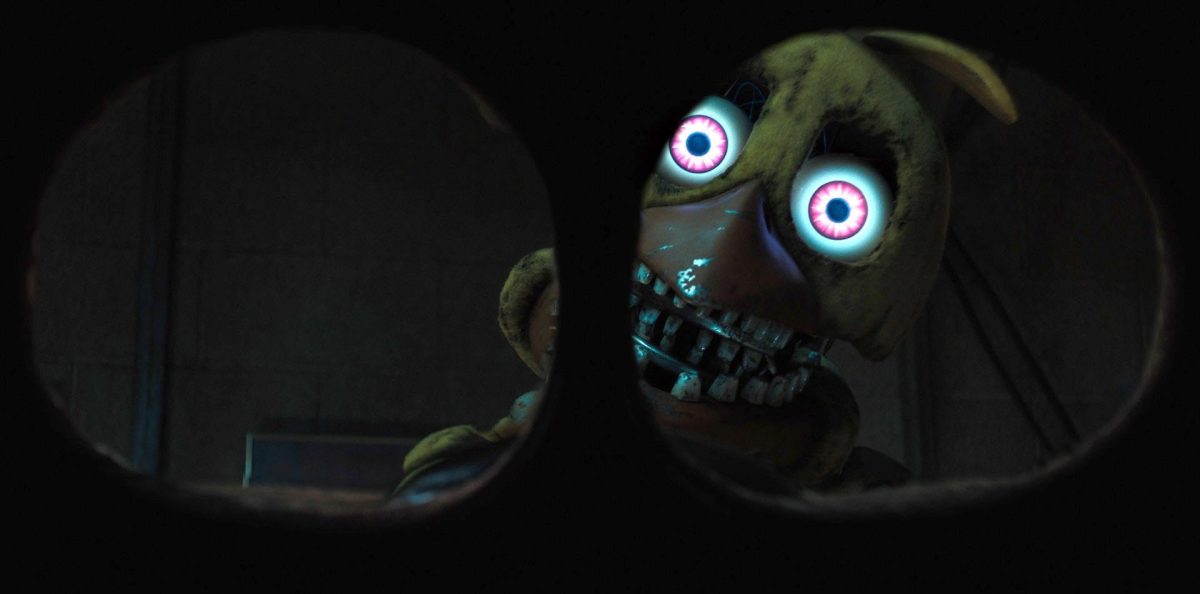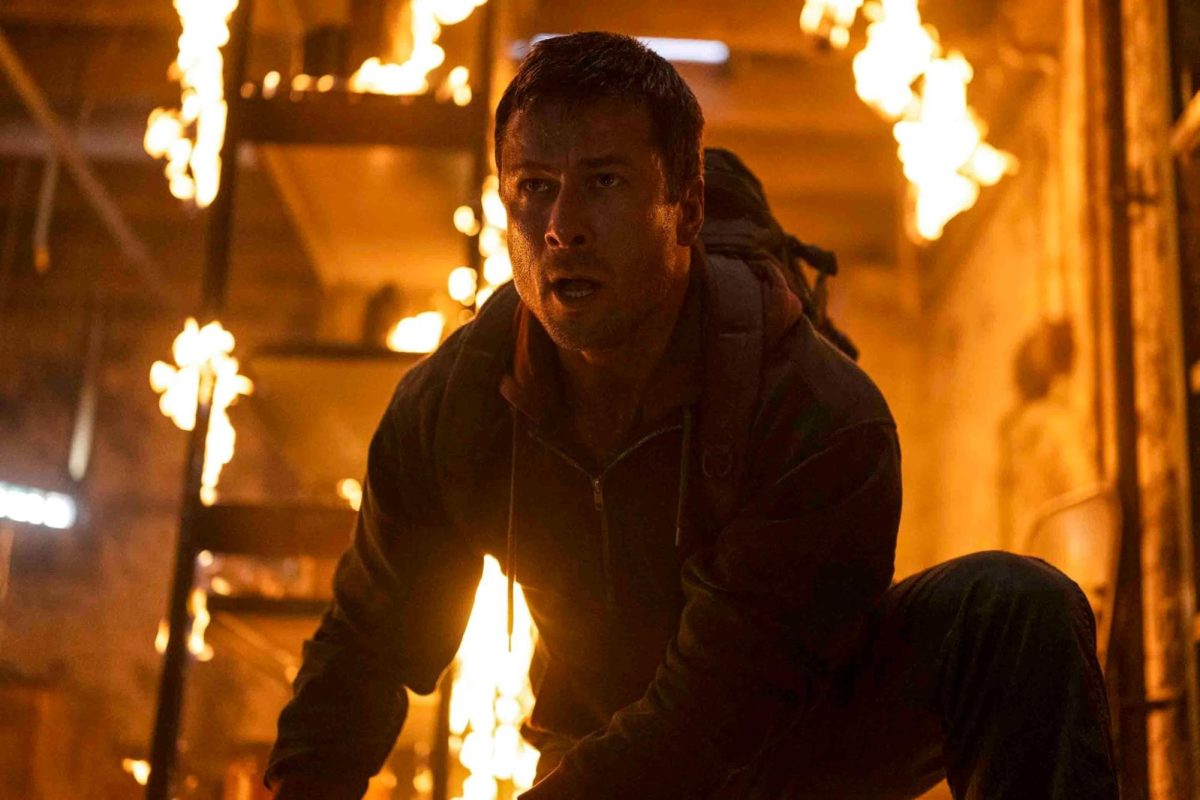This October, “Halloween” celebrated its 45th anniversary. With the approaching spooky season, many horror fans will revisit the 1978 movie that introduced the world to Michael Myers.
The horror film has easily become one of the more infamous of slasher films, as it was widely influential for the genre and paved the way for other successful horror movies such as “Nightmare on Elm Street” and “Friday the 13th.” The archetypal tropes and perfect theme song for Michael Myers just add to the blockbuster film.
When Halloween rolls around every year, there are always showings of the movie. Not only does the title make it iconic and perfect for the holiday, but it is the perfect amount of scary that makes it a fun watch. For lovers of horror movies, this one continues to be a spooky and cozy favorite.
The acting and effects of the movie are as relatively noncheesy as films from decades ago can sometimes be, and “Halloween” does something else that not all 45-year-old movies can say the same for: It doesn’t age terribly.
Most slashers that have been released in recent years have levels of scare that outweigh any plot that the movie may have, but “Halloween” has the perfect mix of scare and storyline that makes it a good movie.
Get The Daily Illini in your inbox!
The film starts with a flashback to Halloween 1963, where we see 6-year-old Michael Myers brutally stab his teenage sister, Judith, with a kitchen knife — which seems to be a weapon of choice throughout the series.
We then flash forward to present day 1978, as nurse Marion Chambers and Michael’s psychiatrist, Samuel Loomis, drive to Smith’s Grove Sanitarium, where Michael has been incarcerated for the past 15 years. When Loomis has to exit the vehicle to make a call, Michael jumps on top of the car and attacks Marion, before stealing the car and driving off.
The next day is Halloween, and after having killed for and stolen his infamous jumpsuit and mask, Michael spots Laurie Strode as she leaves the key under the doormat at the now-abandoned Myers house.
Michael then attacks and kills three of Laurie’s friends in the house across the street from where she is babysitting. When Laurie finally goes to investigate, she narrowly escapes all of Michael’s attacks, as she always does throughout the remainder of the franchise.
The close of the slasher film shows Loomis saving Laurie and shooting Michael off the balcony, but when Loomis looks at where Michael’s body was lying moments ago, he is gone.
Directed by John Carpenter, the film featured Nick Castle as Michael, Donald Pleasence as Loomis and Jamie Lee Curtis in her notable role as Laurie Strode.
“Halloween” was the first of a 13-movie franchise. For the entirety of the movie franchise, there has been lots of controversy and confusion on why Michael targets Laurie.
The 1978 original makes it seem as if the babysitter was just in the wrong place at the wrong time. Michael spots her as she dares to approach the house and then follows her and her friends, which leads to their demise. In “Halloween II,” though, it is revealed that Laurie is his long-lost sister, who was given up for adoption after the death of Michael and Judith’s parents.
This storyline was abandoned in the most recent trilogy of Michael Myers movies, “Halloween (2018),” “Halloween Kills (2021)” and “Halloween Ends (2022).”
The first seven movies all act together as a series in the same timeline, while “Halloween (2007)” and “Halloween II (2009),” directed by Rob Zombie, follow the same basic storyline, but feature none of the original cast.
The most recent editions to the franchise create their own trilogy of sorts. The first of the three, “Halloween (2018)” disregards the storylines of all previous films and picks up directly after John Carpenter’s “Halloween.”
“Halloween Ends” acts as the final conclusion to the franchise and Michael Myers ultimately meets his undeniable end.






